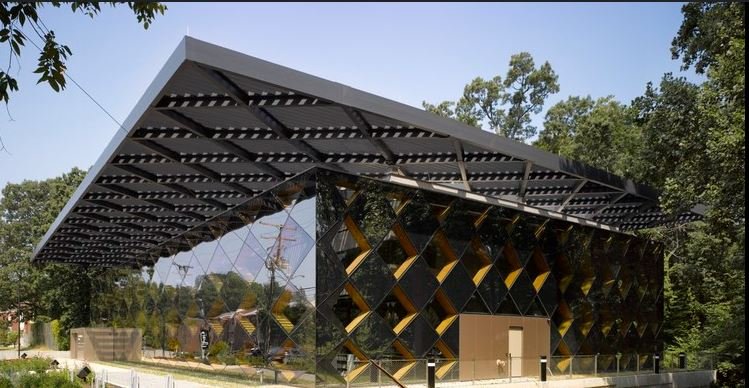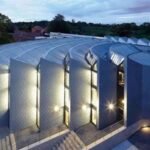How Local Traditions Shape Building Styles
Building styles around the world are deeply influenced by local traditions, reflecting the unique heritage and cultural practices of each region. From the materials used to the architectural techniques employed, local traditions play a pivotal role in shaping the built environment. This blog explores how these traditions influence building styles and contribute to the diversity and richness of architectural design worldwide.

Traditional Materials and Techniques
Local traditions often dictate the choice of materials and construction techniques used in building design. For example, in regions where wood is abundant, traditional buildings may feature timber frames or log construction. In contrast, areas with abundant stone resources may showcase buildings constructed with stone walls or facades. These materials not only reflect local availability but also embody the craftsmanship and skills passed down through generations.
Cultural Significance and Symbolism
Building styles are often imbued with cultural significance and symbolism, reflecting the beliefs, values, and rituals of local communities. For instance, traditional temples or religious structures may incorporate specific architectural elements that hold spiritual meaning. Similarly, residential homes may be designed to accommodate social customs or family structures unique to the culture, such as communal living spaces or multi-generational housing layouts.
Climate and Environmental Considerations
Local traditions in building styles are also shaped by climate and environmental factors. Designs in hot, arid regions may prioritize natural ventilation, shaded courtyards, and thick walls to mitigate heat, while buildings in cold climates may feature steep roofs and insulated materials to withstand harsh winters. These adaptive strategies not only enhance comfort but also reflect an intimate understanding of local environmental conditions.
Evolution and Adaptation
Over time, building styles evolve through adaptation to changing societal needs, technological advancements, and external influences. Modern interpretations of traditional architecture often blend historical elements with contemporary design principles, creating hybrid styles that honor heritage while embracing innovation. This evolution ensures that local traditions remain relevant and adaptable in a rapidly changing world.
Case Studies: Examples from Around the World
- Machu Picchu, Peru: The Inca citadel of Machu Picchu is a remarkable example of how local traditions and natural landscapes shape architectural design. Constructed with precisely cut stone blocks that fit together without mortar, Machu Picchu blends seamlessly into its mountainous surroundings, reflecting the Inca civilization’s reverence for the natural world.
- Traditional Japanese Architecture: Japanese architecture, influenced by Buddhist and Shinto traditions, emphasizes harmony with nature, simplicity, and craftsmanship. Traditional wooden structures like temples and tea houses showcase meticulous joinery techniques and sliding doors that blur the boundaries between indoor and outdoor spaces.
- Mud Brick Architecture in West Africa: Mud brick construction is prevalent in West Africa, where communities use locally sourced materials to build homes and mosques. The unique adobe architecture, characterized by earthen walls and thatched roofs, provides natural insulation and reflects a sustainable approach to building in a challenging climate.
Conclusion
Local traditions profoundly shape building styles, influencing everything from materials and techniques to cultural symbolism and environmental considerations. By preserving and adapting these traditions, architects and communities celebrate their heritage while creating enduring structures that resonate with meaning and authenticity. As we continue to embrace diversity in architectural design, understanding the influence of local traditions fosters a deeper appreciation for the richness and complexity of global built environments.



